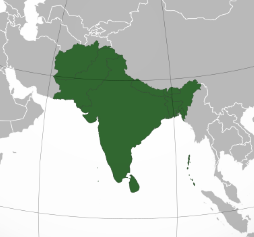7667766266
enquiry@shankarias.in
Mains Syllabus : GS II – Bilateral, regional and global groupings and agreements involving India and/or affecting India’s interests.
Reciprocal tariffs imposed by the Trump administration and the terror attack in Pahalgam, highlights the urgent need for a comprehensive regional approach to security and economic stability.
South Asia include Bangladesh, Bhutan, India, the Maldives, Nepal, Pakistan, and Sri Lanka, with Afghanistan.

It is about 20% more costly for a company in India to trade with Pakistan than with Brazil, which is 22 times farther away.